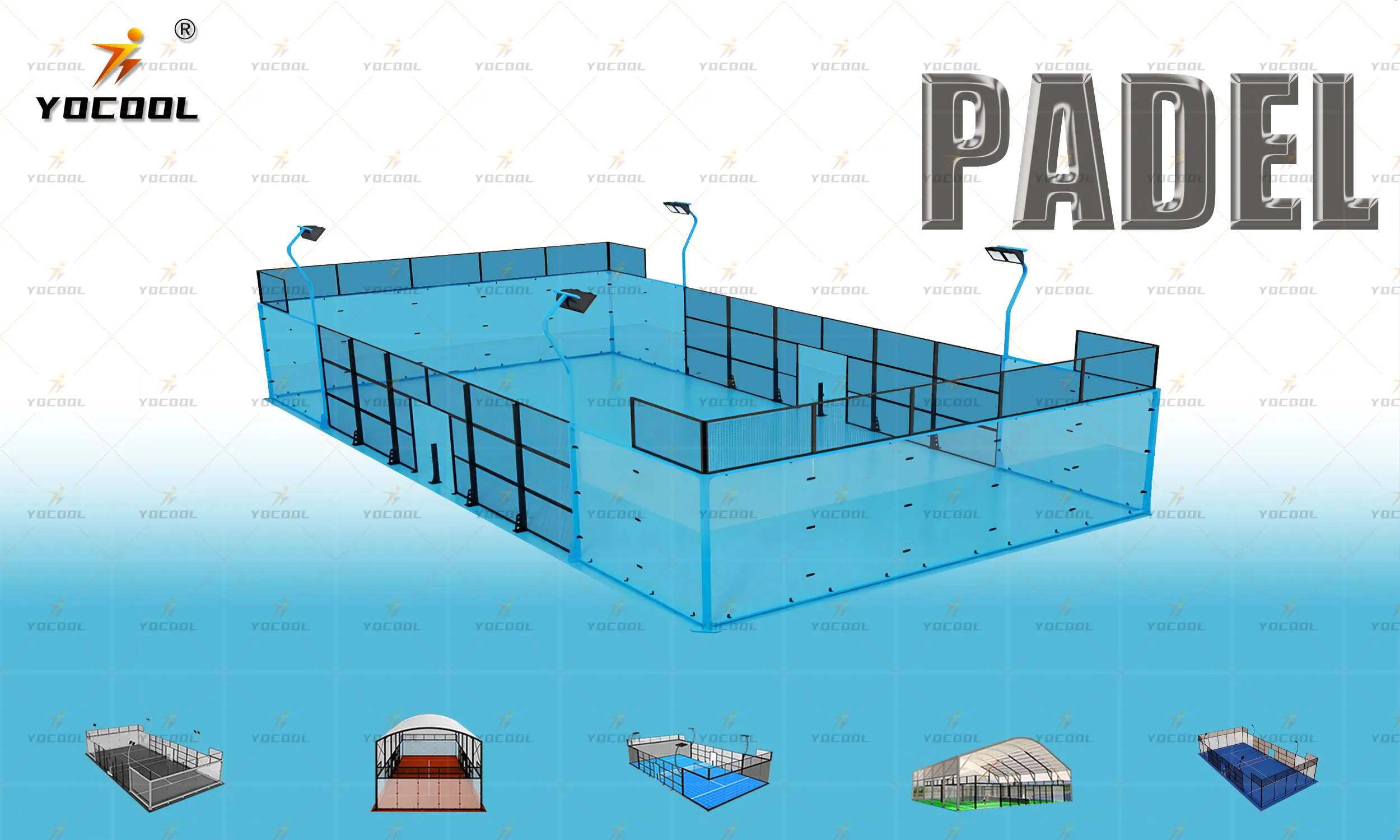

Building a Padel Court A Comprehensive Guide
Padel, a racquet sport that blends elements of tennis and squash, has been rapidly gaining popularity around the world. With its unique gameplay and social nature, many sports enthusiasts are now looking to build their own padel courts. If you’re considering taking the plunge into the world of padel, this guide will walk you through the essential steps to successfully build a padel court.
The first step in building a padel court is choosing the right location. Ideally, the site should be flat, accessible, and large enough to accommodate the court dimensions, which are typically 20 meters long and 10 meters wide. Additionally, it’s wise to consider the orientation of the court; it should ideally be positioned north to south to minimize the impact of the sun during gameplay.
2. Understanding Regulations and Requirements
Before proceeding, check with local authorities about any necessary permits or regulations. Different regions may have specific zoning laws or construction guidelines, especially concerning noise levels and environmental impact. Securing the required permits will save you from any legal issues in the future.
3. Designing the Court
A padel court requires specific design features to optimize the playing experience. The court is enclosed with glass walls and has a combination of turf and concrete surfaces. When designing, consider incorporating features such as LED lighting for evening matches and seating areas for spectators. You might also want to include a small storage area for equipment, such as pads, balls, and rackets.

4. Choosing the Right Materials
Using high-quality materials is crucial to constructing a durable and functional padel court. The surface of the court ideally consists of artificial grass, which provides excellent traction and comfort. The walls surrounding the court are typically made of glass for visibility, while the frame can be constructed using steel to ensure strength and stability. Make sure to choose materials that can withstand the outdoor elements if your court will be built outdoors.
5. Installation Process
Once you have your design and materials ready, it’s time to start the installation process. It’s advisable to enlist the help of professionals who specialize in padel court construction. They will ensure that the dimensions are accurate and that the surfaces are leveled correctly. Additionally, experienced builders will know how to handle the glass walls and lighting installation safely.
6. Maintenance Considerations
After your padel court is up and running, regular maintenance is essential to keep it in top condition. This includes routine cleaning of the surfaces, checking for wear and tear, and ensuring that the lighting remains functional. Depending on the materials used, periodic updates may be necessary to ensure the court remains safe and enjoyable.
Conclusion
Building a padel court is an exciting endeavor that can offer endless hours of fun for you, your family, and friends. By following these steps, from selecting the right location to maintaining the court, you’ll be well on your way to enjoying this engaging sport right in your backyard. Whether you’re a seasoned player or new to the game, having access to a personal padel court can enhance your skills and offer a great way to socialize while staying active.
High-Performance Industrial Flooring Solutions China Paddle Tennis Court for Sale
High-Performance Industrial Flooring Solutions Durable & Cost-Effective
Homogeneous Transparent Floor – Durable & Stylish Rubber Floor Solutions
Premium Homogeneous Transparent Floor for Durable & Stylish Spaces Rubber Floor Solutions
Premium Sports Floor Solutions Durable PVC Sports Floor & Rubber Floor for Gyms
Durable Rubber Composite Floor Premium Rubber Floor & Mats Solutions